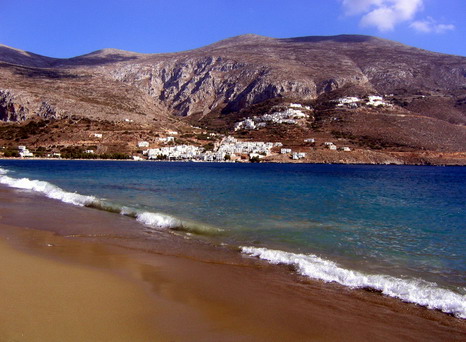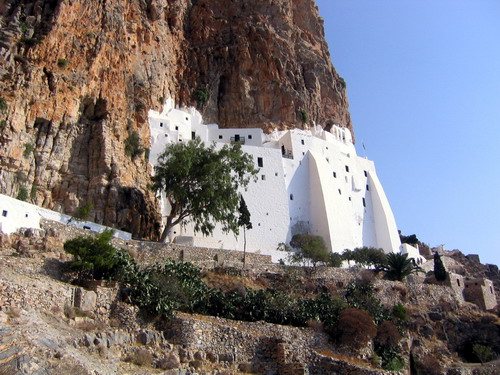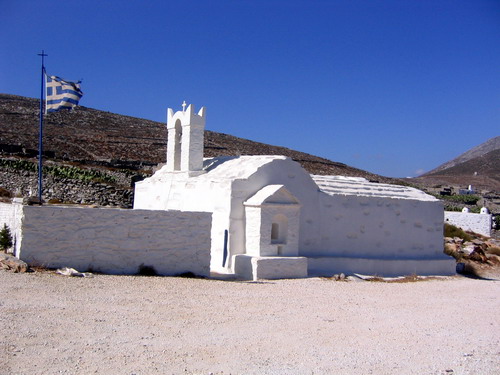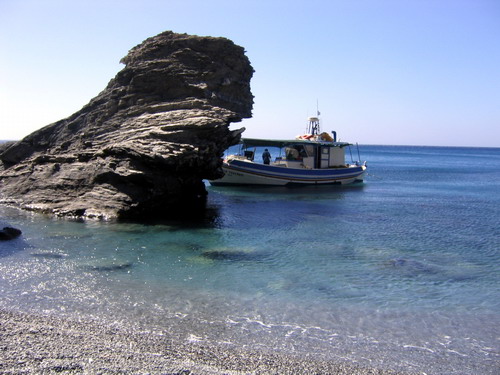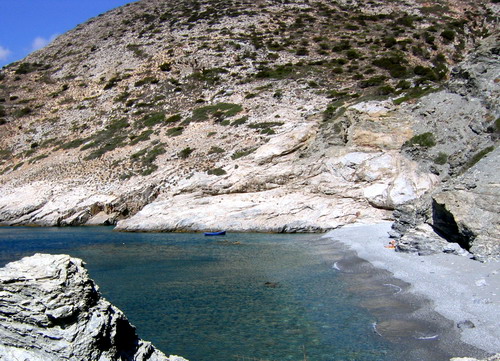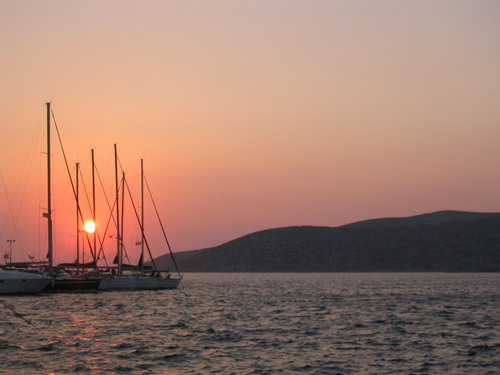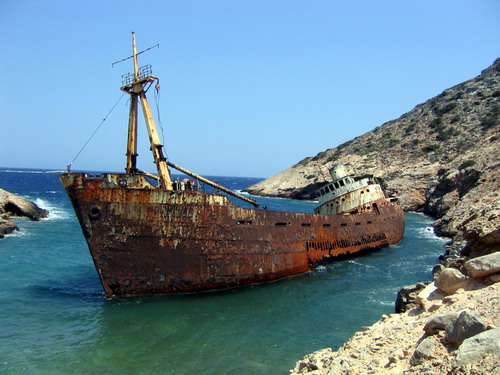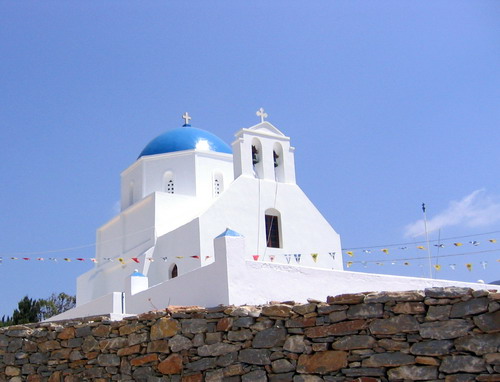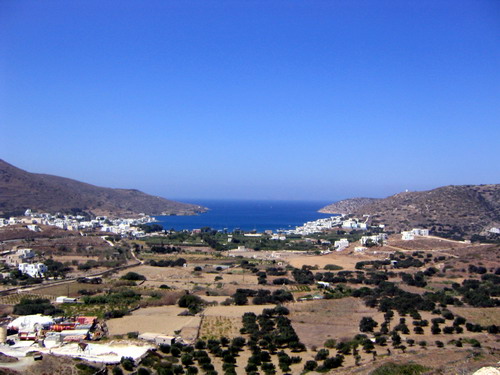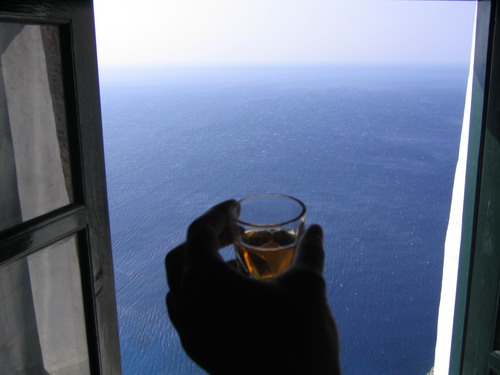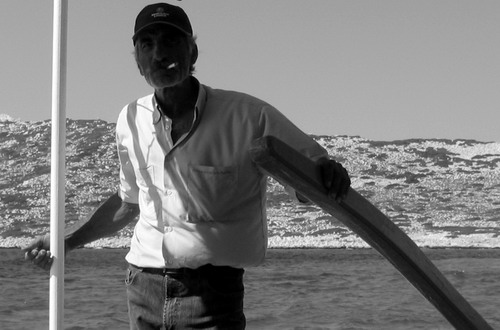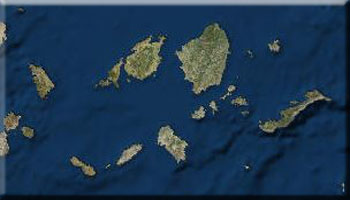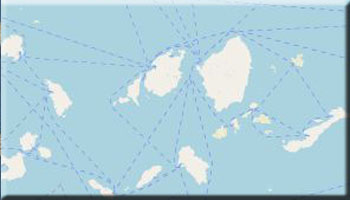Known in antiquity as Pagali, Psychia, Karkissia, and Melania, Amorgos had three cities: Arkessini, Minoa, and Aegiali. Based on works by ancient geographers and lexicographers, these cities have been identified respectively as being located at Kastri, Moudalia in Katapola, and Vigla at Tholaria. Archaeological finds indicate Amorgos was first settled in the fifth millennium B.C. and suggest links in antiquity with Naxos, Paros, and more remote islands.
Evidence of the Cycladic culture, with its familiar marble figurines, dates from the third millennium B.C. There are also signs of Minoan influence, while the island was subsequently colonized by Miletus and Naxos. Amorgos was a member of the first Athenian League or Athenian Confederacy. In the third and second centuries B.C., the island found itself under the dominion of the Macedonians, the Ptolemies, the Samians, the Rhodians, and the Romans, yet Hellenistic worship rituals predominate through the fourth century A.D. when ancient temples are converted to Christian places of worship. Later, raids by Saracen pirates force the population to retreat inland and barricade themselves inside settlements at Kastro, Kastri, and in the 23 watchtowers whose remains can be seen around the island.
The icon of the Virgin Hozoviotissa, which is believed to have miracle - making powers, arrived on the island from Palestine during the iconomachy, the period when icons were rejected as encouraging idolatry. Extensive renovations to the monastery in 1088 were made under the Byzantine Emperor Alexis Comnenus.
Venetian rule followed. Architectural vestiges of this era include the Gavras tower (o pyrgos tou Gavra), Kato Lakkos, and the stone - paved Lozes.
This period is followed by Turkish rule, during which Amorgos reaches its economic peak and experiences an ecclesiastic renaissance. In 1822, following the Greek independence revolt, the island becomes the seat of an eparchy of the nascent modern Greek state. Seven years later, in 1829, one of the first Greek schools is established with funds from the Monastery of Panayia Hozoviotissa.
The island's population dwindled in the wake of World War II as large numbers of islanders migrate to urban areas or abroad. In the last two decades, the island has experienced a rapid growth in tourism.









